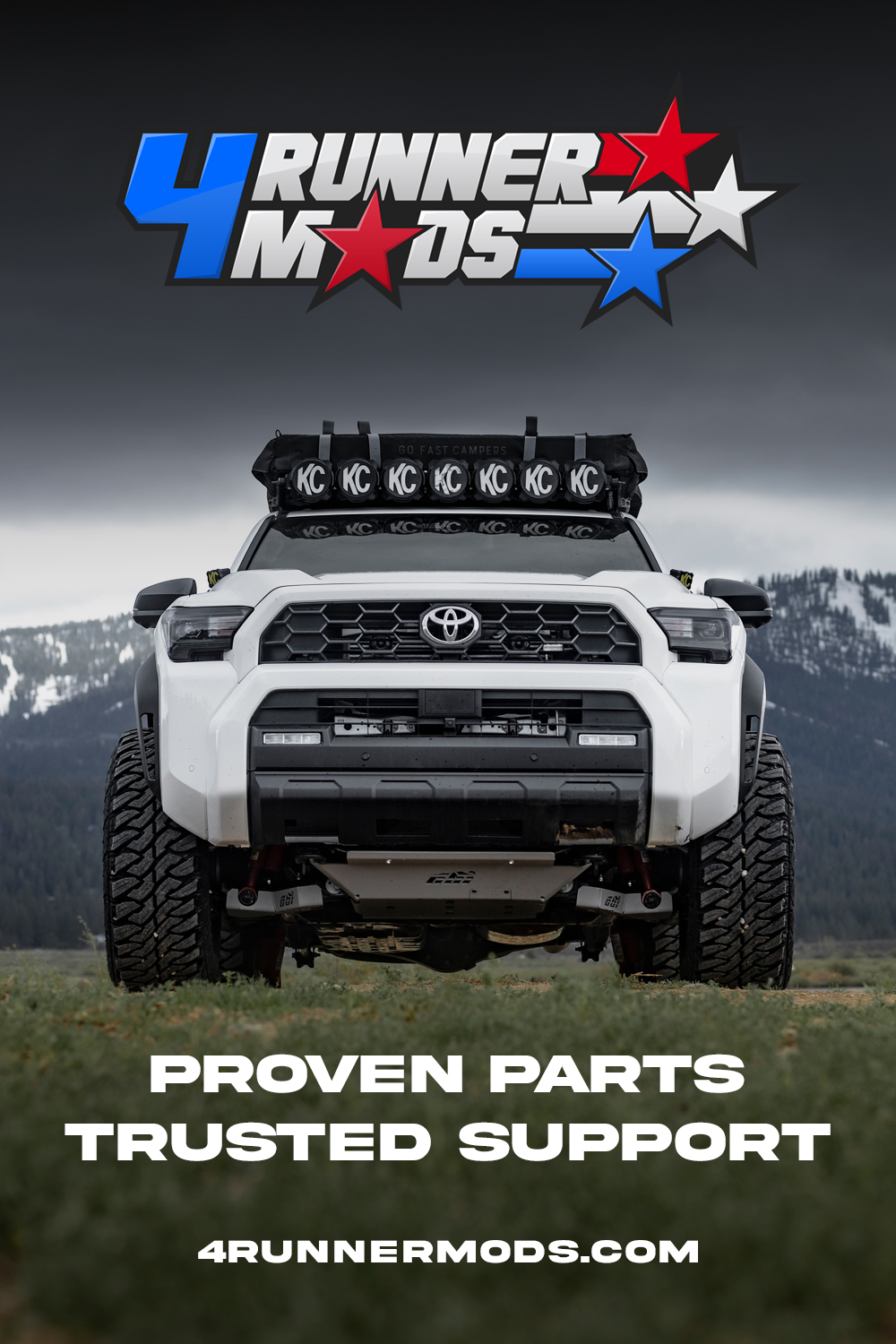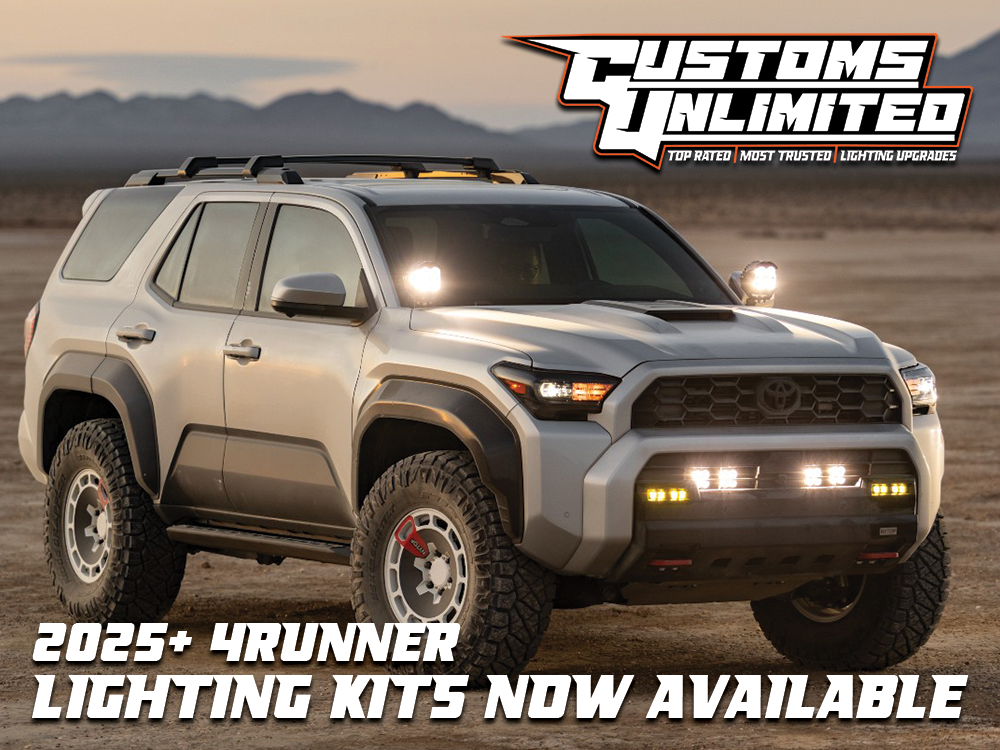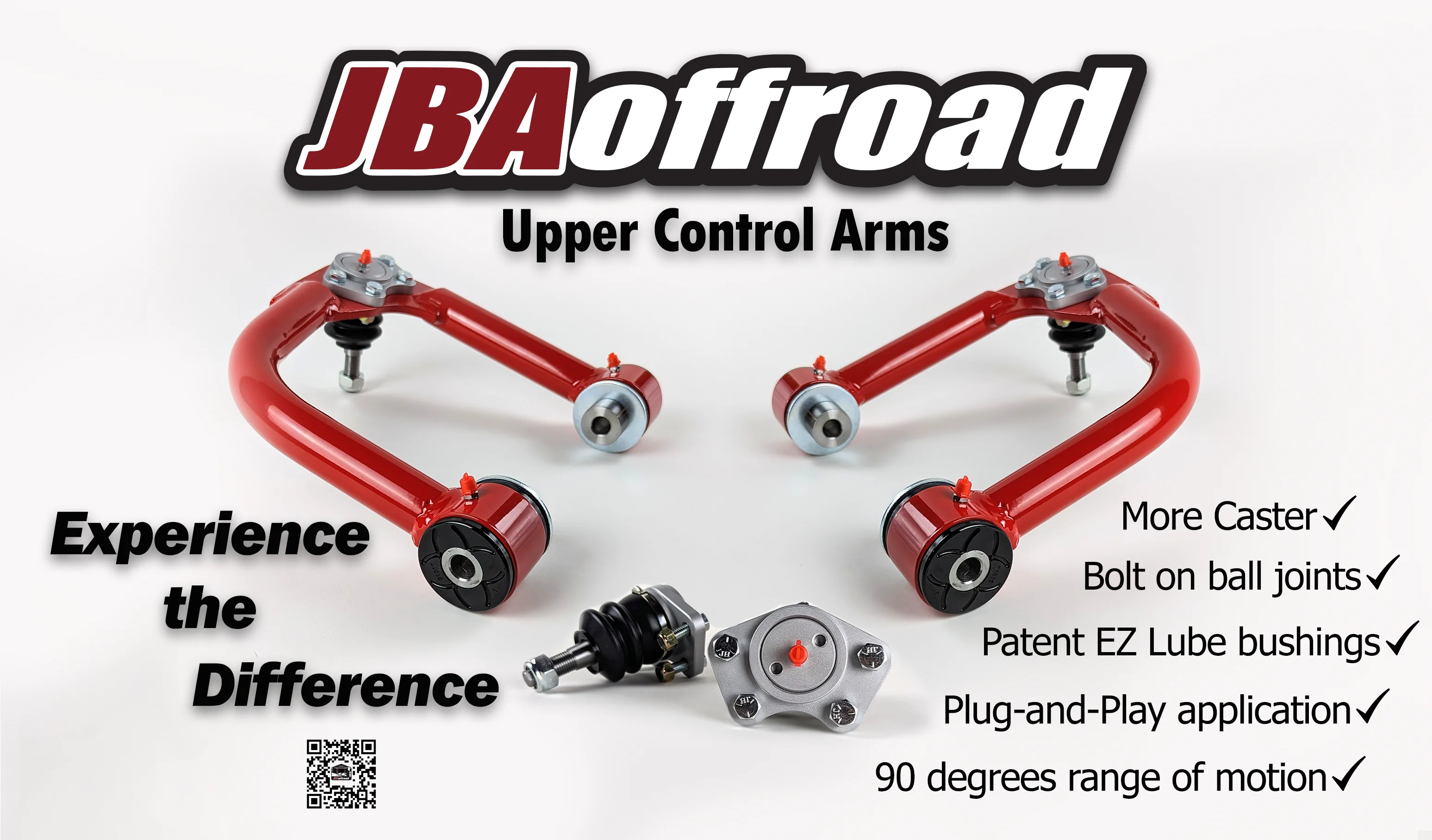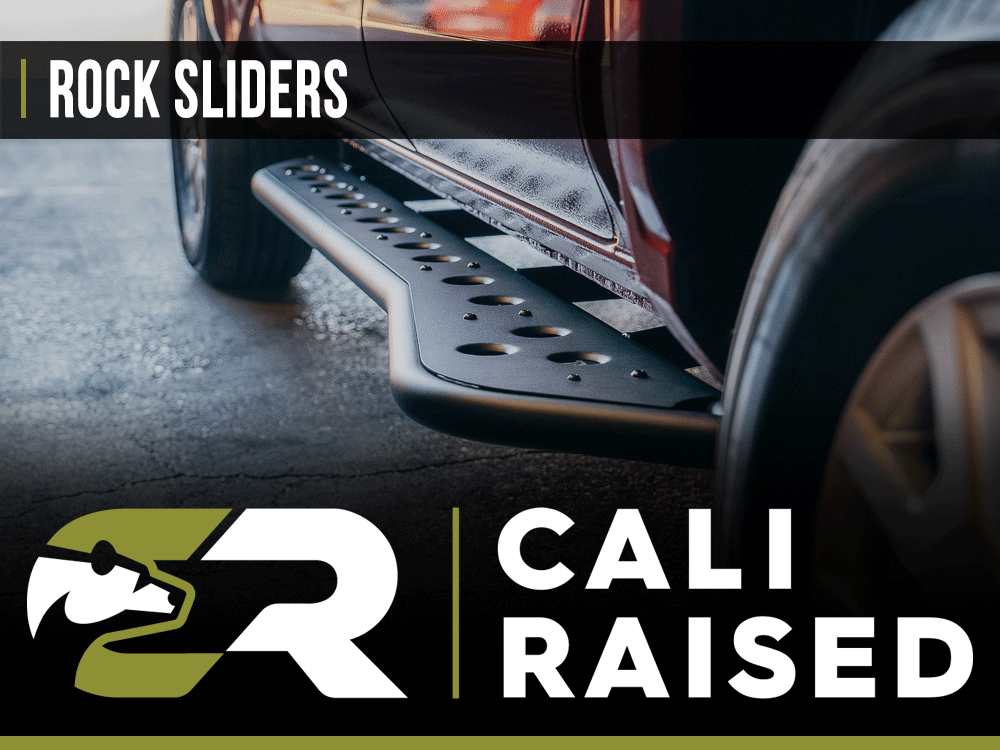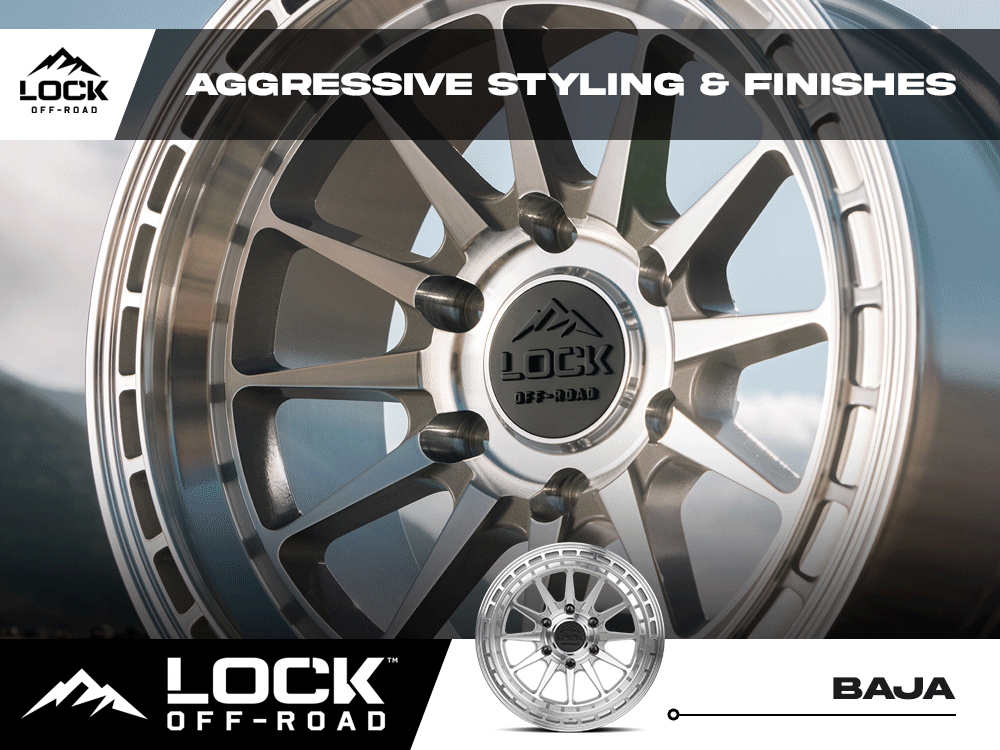- Joined
- Mar 26, 2024
- Messages
- 777
- Reaction score
- 523
- Location
- Sacramento, CA
- Website
- trail4runner.com
AB15R 6th Gen 4Runner Rear Bump Stops (2025+)
Just wrapped up an install of the Perry Parts bump stops on the 4Runner. The install was straightforward, super fast, and completely bolt-on. They're designed specifically for the frame rail mounts on the 6th Gen and come with a base plate under the bump stop that mimics the OEM plate found on the OEM bumps.- Find them Online: https://www.perryparts.com/product-page/ab15r-6th-gen-4runner-rear-bump-stops-2025
We're heading out for a trip this weekend, so I wanted to get these installed for some testing.
The last time we went out, our rear tires were making contact with the fender and fender flares. We will see if the 3" bump stops we installed here will provide enough uptravel while limiting tire contact with the fenders and fender flares.
Perry makes a few options of bump stops for the 6th Gen 4Runner:
- Regular Version: 75mm (factory shocks)
- Extended Travel Version: 105mm (extended travel shocks / 2" lift)
Perry Parts 75mm and 105mm Bump Stops Vs. OEM Bumps
The factory bump stops are around 2".
The 75mm measures out to 2.9"
The 105mm measures out to 4.1"
For now, we're going with the 75mm bump stops to maintain as much uptravel as possible while limiting tire contact. When we upgrade to a new suspension, we'll swap in the 105mm bump stops.
1. Insert Nutserts
Start by inserting the nutserts into the Polymer.
If you fully thread the bolt into the insert and then remove the bolt and insert together from the bump stop, you’ll gain a few extra millimeters of wiggle room. This added play makes it easier to start both bolts during installation. The insert is tapered by design, which helps realign and center the bump stop once everything is tightened down. That taper is intentional and accounts for slight variations in Toyota frame tolerances.
2. Thread Bolts
3. Install Bump Stops
Start by getting your threads started with one bolt, and then get the next bolt started. Once both bolts have a few threads of engagement, you can torque them both down to 25 ft-lbs.
Last edited by a moderator:


